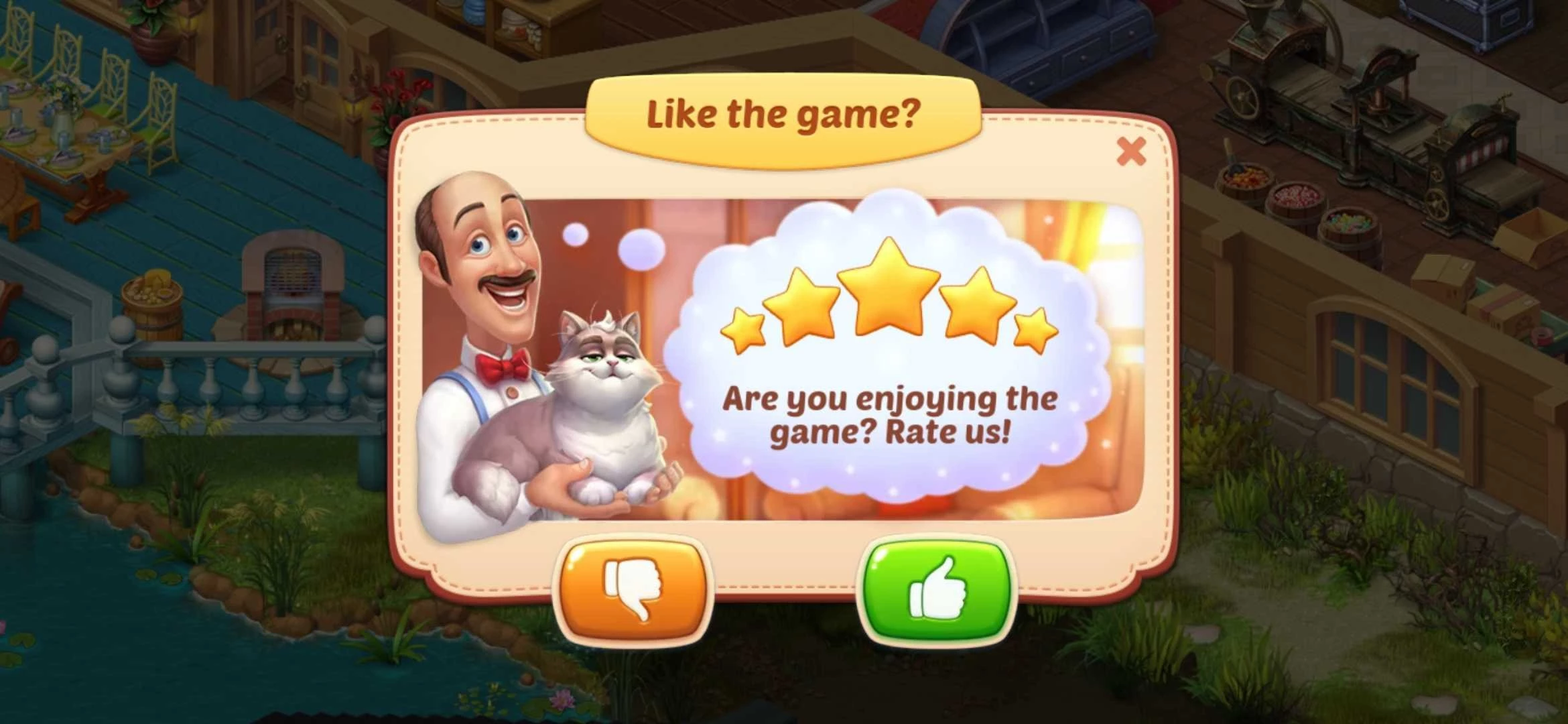23 April 2021
8175
8 min
4.67

What is Net Promoter Score (NPS)? Guide and Examples
Every company reaches a moment when it is necessary to know exactly how customers feel about the brand. NPS will help you find out the truth.
What is NPS and Why You Need It111
NPS (Net Promoter Score)
is a digital expression of customer loyalty. It determines the degree of customer attachment to your company: how willing they are to continue purchasing your goods and services and advising them to their friends.
The NPS was invented by Frederick F. Reichheld and presented in the article The One Number You Need to Grow (Harvard Business Review, 2003). It was soon adopted by Fortune 500 companies, then it evolved into a business management system, and now it has become one of the main indicators of business success.
How to Measure NPS
The characteristics of the NPS, which made it so popular, are its simplicity and efficiency of use. Customers should answer only one question using the NPS formula:
How likely are you to recommend [brand X] to your friends?
And respondents should rate the likelihood of this recommendation on a scale from 0 to 10, where
-
0 – I will never recommend;
-
10 – I will definitely recommend it.
Basic segments form depending on the given score:
-
0 – 6 — Detractors. Users with the least loyalty to the company who have a negative experience and are willing to leave angry reviews and. They can damage your reputation.
-
7 – 8 — Passives. Users who don't criticize but also don't recommend the brand to others. They have no attachment to your company, and at any time they are ready to go to competitors with more profitable offers.
-
9 – 10 — Promoters. These customers are true fans of the brand and maintain its positive image among their friends. They are likely to provide reviews, recommendations and are engaged in word-of-mouth marketing (WOM) for the company.

NPS Calculation Formula
NPS = % of Promoters – % of Detractors
The result will be in the range between -100 and 100. The larger the number, the better. To easily interpret whether your NPS is good or bad, note the following values:
-
More than 50 is a great result, your customers love you. Try to preserve and increase their love.
-
From 30 to 50 is good, but not ideal. You have something to strive for and great results are not far away, don’t slow down.
-
Less than 30 — customer loyalty is poor. Identify the reasons for these results and improve them.
-
Less than 0 — alarm signal, you should take urgent actions to resolve the situation.
You can compare the obtained score with benchmarks for your industry. But the most correct approach is to compare your own NPS over time. It should grow and improve with each new period, which means you’re doing everything right.
Where and How to Conduct NPS Survey
Previously, the calculation of the level of consumer loyalty was carried out offline. It was necessary to carefully prepare for its implementation: come up with and print out questionnaires, interview users for a certain period, manually process the results, and only then make the calculation. The process was complex and resource-intensive. It's great that now you can run NPS online in any convenient way for you and your clients.
- Pop-up surveys on the website or in the app. Place your question in an engaging pop-up and analyze the results for any period. The disadvantage of this method is that some users will often ignore the annoying banner.

- Phone surveys. Nowaday, it’s rather suitable for the B2B sector, and the cost of this method is high. In most cases, people are reluctant to answer questions. Please note that the unspoken rules of the new ethics don't provide for unannounced phone calls.
- Evaluating consumer loyalty through an email campaign. Advantages of this method:
1) It will cost inexpensively compared to other channels (from $0.0018 per message).
2) You’ll get almost limitless design possibilities and easy launch using our platform.

Read a full guideline on how to create an email survey.
-
Survey via SMS. This method isn’t visually attractive, but it remains quite effective. If you don't have the user's email address, you can try a text message. Be concise and friendly and ask for a survey in your brand's tone. Don't forget to generate short links for SMS.

-
Survey in the mobile app. If your project has a mobile app, use in-app messages or mobile push to start the survey. To do this, you’ll need to provide a simple and convenient survey design, test it in practice and then implement it on an ongoing basis. This survey will bring you answers and useful insights for a long time.

How We Calculated NPS at our CDP
Of course, we wouldn't tell you about what we haven't tried ourselves. This is how we ran the NPS survey for our CDP.
We organized the review collection using Wootric and Intercom and set up integration via Zapier.
The NPS is calculated in two ways:
-
as regular mass surveys;
-
as an individual survey for each user, depending on their actions (for example, requesting feedback from users after their first payment).

Our main NPS campaign includes 3 notifications. Each follow-up is sent if the user read the previous one but didn’t pick a score.

If the conditions for exiting the campaign list haven’t worked, the user receives a second notification after 3 days. In the same way, he receives the third notification. Then the chain ends. This way, we don't give up after the first failed attempt to get feedback and don't become intrusive.



Our Success Engineer processes each negative or neutral score (from 0 to 8) and finds out the reasons for such a response. If users don't write a comment, the manager calls them and discusses the issue. If we can't contact a user, we send an email and message to the Intercom chat. All answers are recorded in one document to evaluate the dynamics and get insights for the development of future functionality.

We analyzed the NPS results of our users for the month and were pleased with the high score. We’ll continue to track NPS regularly. Hope to get many useful insights on how to make our service better.
Want to run NPS?
And some more reasons for NPS research
If you doubt that NPS measuring is useful and not difficult at all, consider a couple of inspiring thoughts:
-
Calculating an NPS is much easier than any other customer loyalty survey. The NPS questionnaire consists of just one question. Users don’t need to spend a lot of time passing tests, which increases the chances of getting as many answers as possible. It also isn’t difficult for a marketer to calculate and interpret the NPS results.
-
Due to the ease of implementation, you can carry out the survey regularly, for example, once a quarter or once a year. It’s easy to track the results in dynamics and determine KPIs for future development.
-
It’s convenient to use user categories (Detractors, Passives and Promoters) for further segmentation. Prepare different messages for these segments: find out the reasons for dissatisfaction from Detractors, motivate Passives with additional bonuses and discounts, and thank Promoters with words or a special offer. This segmentation will be more effective than unpersonalized communication with all customers. And it will be easier for you to decide what to write about to get a response and conversion.
As you can see, there are much more reasons to try NPS than not to try. You can launch your first NPS using the system. Feel free to contact us for help if you don't know exactly how to set up the correct workflows and collect data:)

